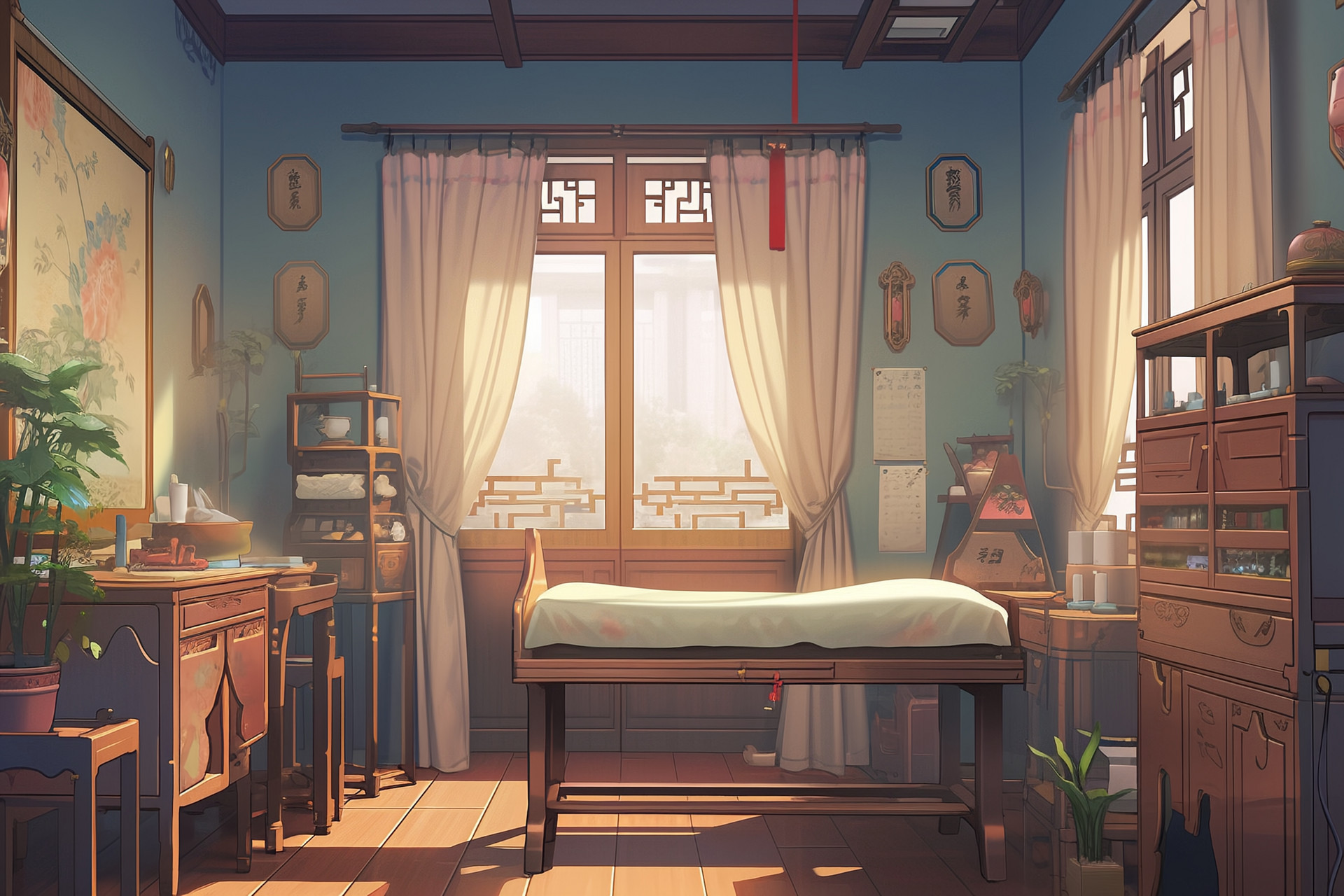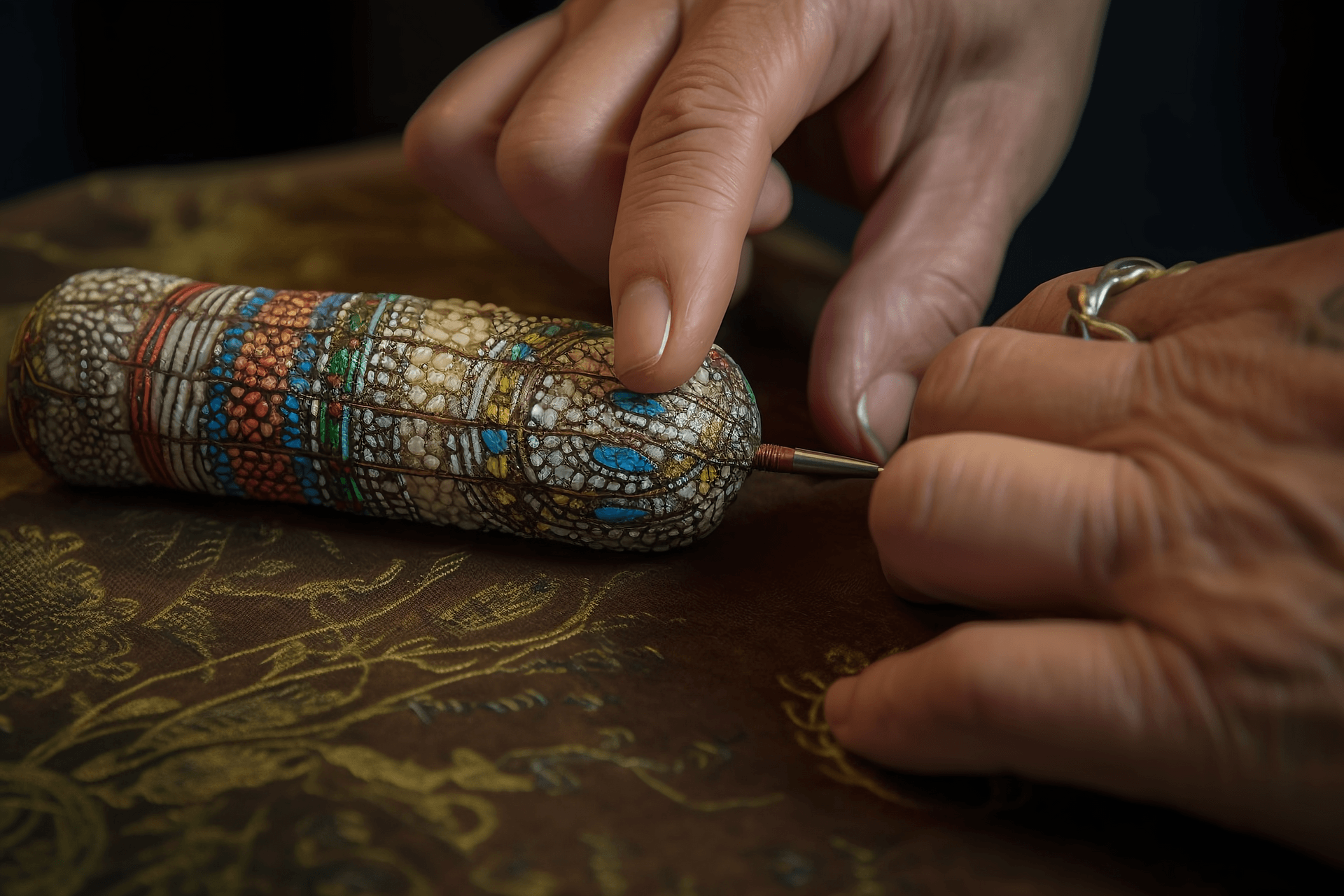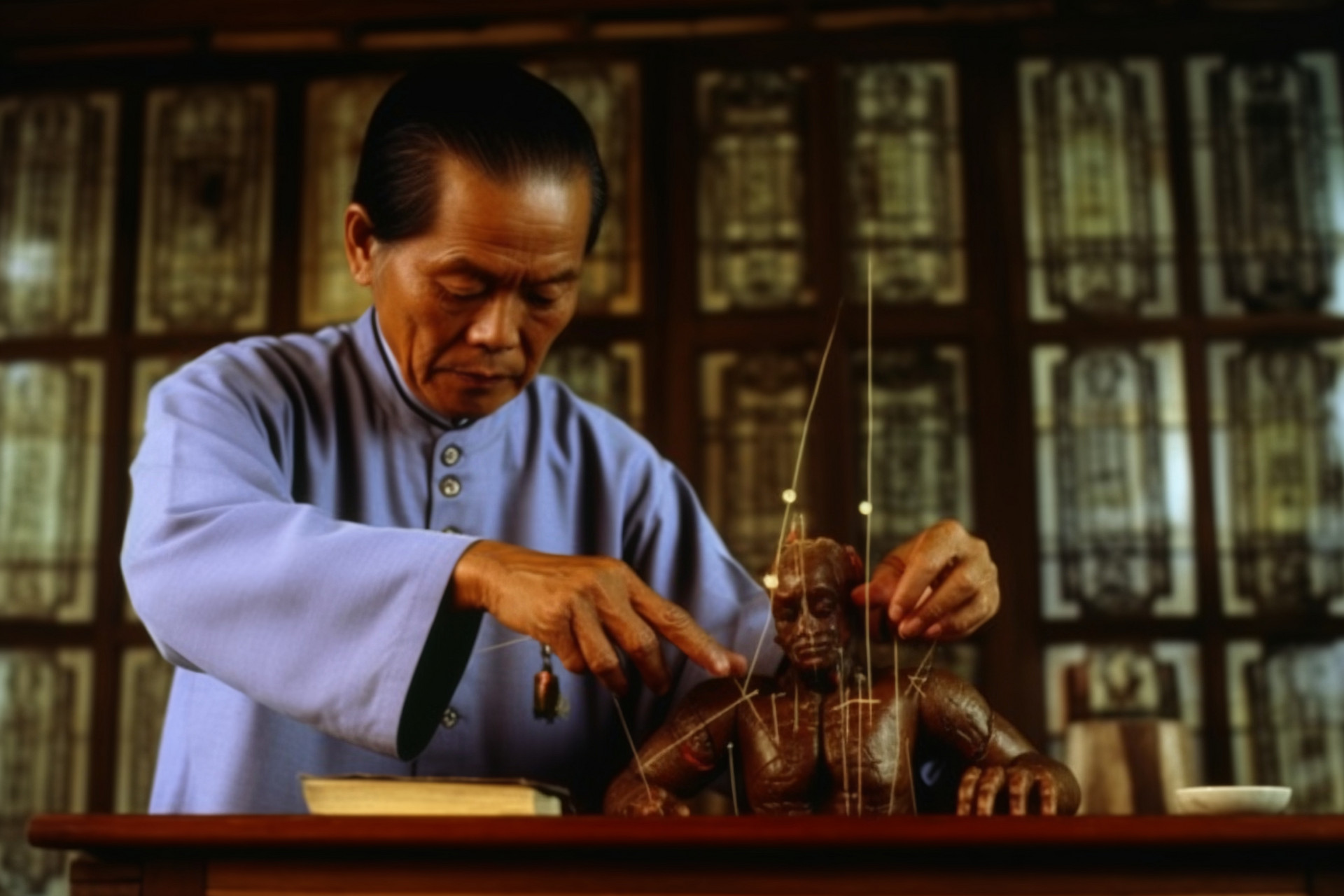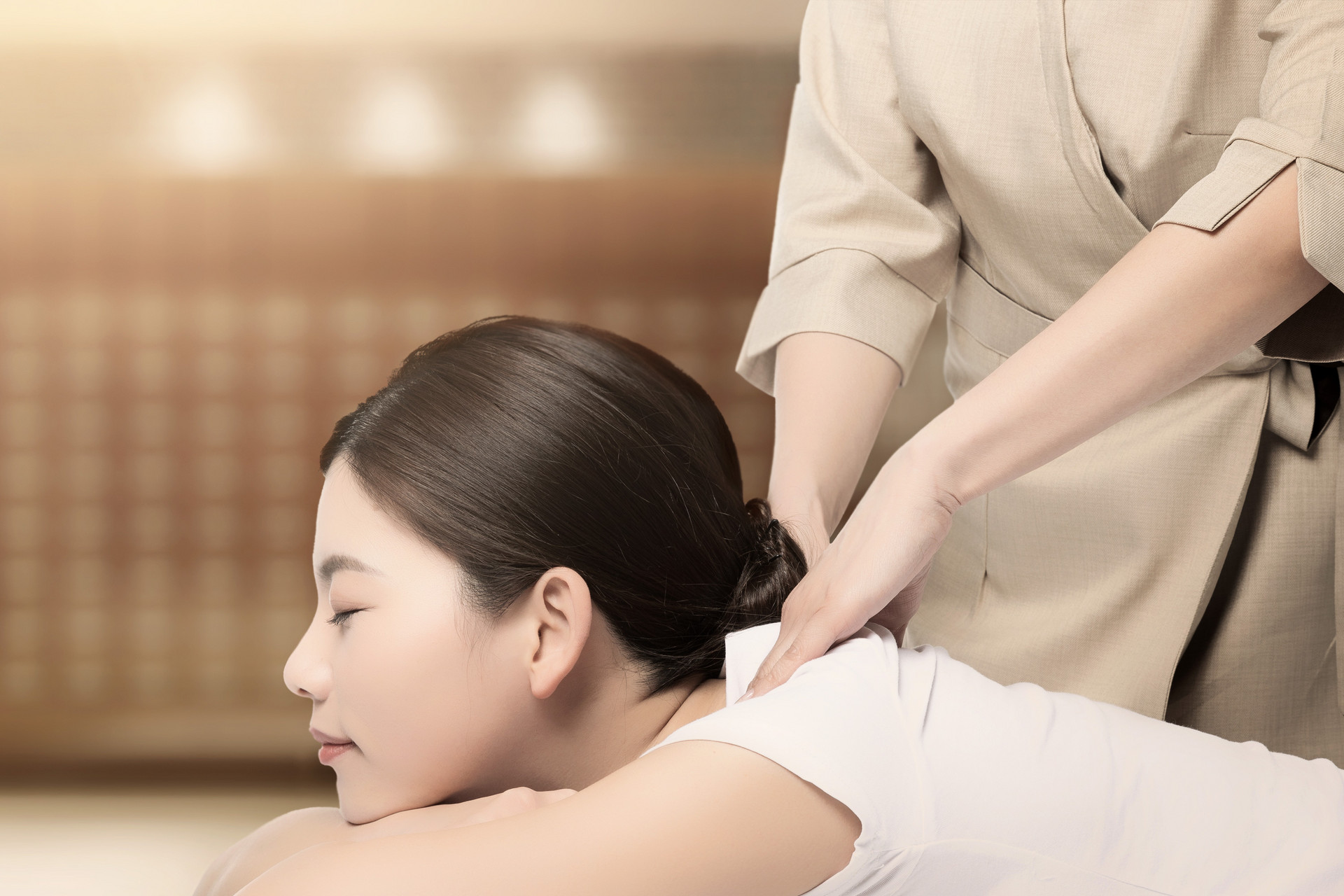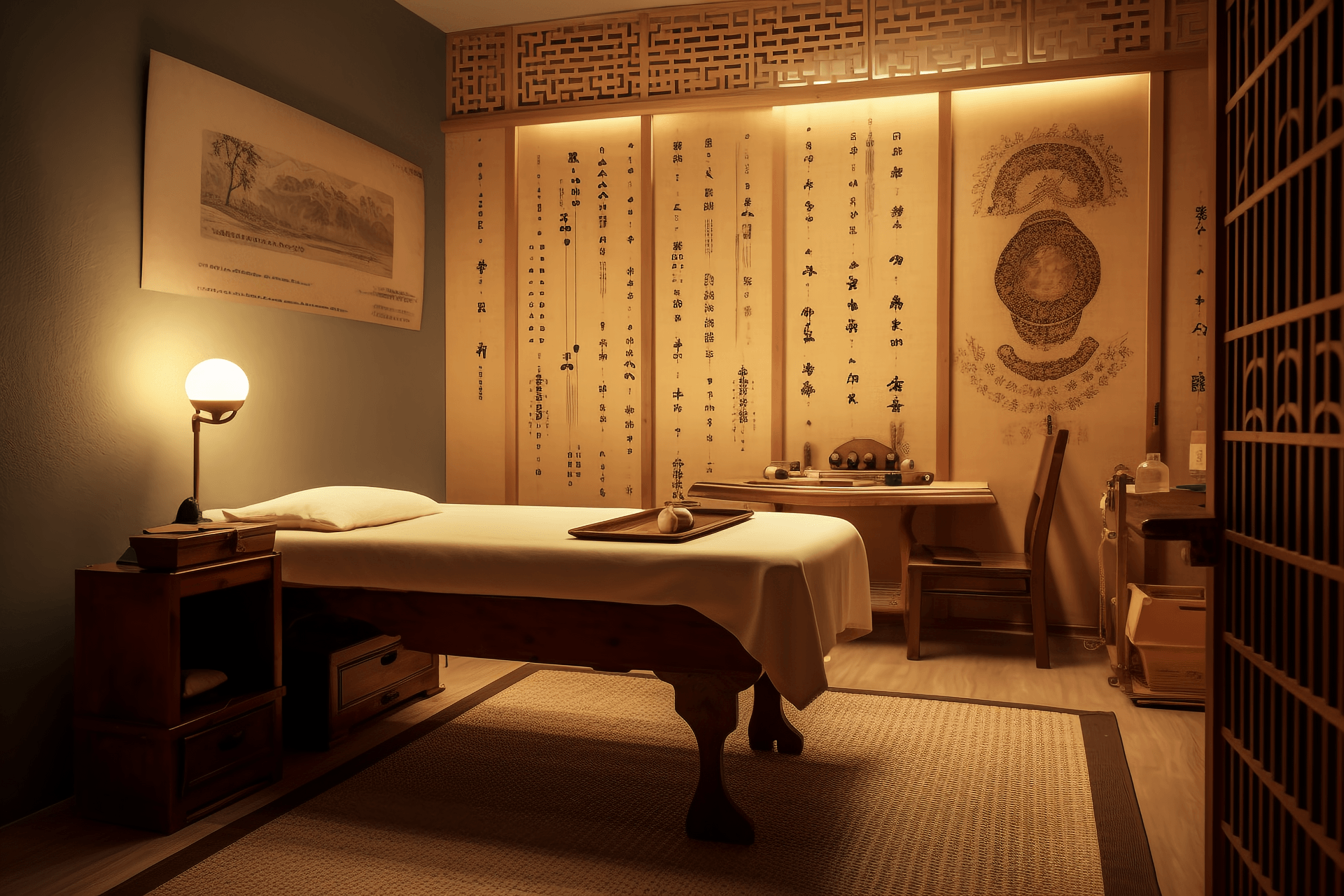Mugwort grain moxibustion therapy is a method of treating diseases by placing mugwort cones the size of grains of wheat on acupoints or affected areas and applying moxibustion.
This therapy belongs to direct moxibustion in moxibustion therapy, but it is not suppurative moxibustion. Dou Cai, a Song Dynasty physician, wrote in his book "Bian Que Xin Shu": "When moxibusting adults, the mugwort cones should be the size of lotus seeds, with a base width of three fen; if moxibusting the limbs or children, the mugwort cones should be the size of green beans; when moxibusting the head or face, the mugwort cones should be the size of grains of wheat..." At that time, different sizes of mugwort cones were used for moxibustion on patients of different ages and in different areas. The mugwort could be rolled into cones of different sizes, such as cones, grains of wheat, green beans, lotus seeds, and olives. Because this therapy has significant therapeutic effects, it has been widely used in modern times.
[Operational Method]
First, make mugwort cones the size of grains of wheat, and then apply vaseline to the acupoints and affected areas to allow the mugwort cones to adhere to the skin without falling off. After lighting it, when the mugwort cone burns close to the skin and the patient feels warmth or slight burning sensation, remove the partially burned mugwort cone and apply the second cone; or gently tap around the acupoints and affected areas to achieve a mild burning sensation. Because the mugwort cones are small, the burning sensation lasts for a very short time, about 20 seconds. However, it should be noted that the skin should not be burned or blistered, so it is easily accepted by patients, and generally 3-7 cones are used for moxibustion, without the need for plaster after moxibustion.
[Indications]
1. Qi and blood deficiency
Apply a small amount of vaseline on the acupoints, place a mugwort cone the size of a grain of wheat on top, and apply moxibustion until the local area becomes slightly red and warm without burning. Generally, 3-7 cones can be used, or even more. Once every other day, 10 times make up one course of treatment. Acupoints used: Qihai and Zusanli (both sides).
2. Dizziness
Acupoints used: Fenglong, Piyu, Zusanli (both sides). Method is the same as above.
3. Poor growth in children
Acupoints used: Dazhui, Shiqizhui. Method is the same as above. The mugwort cones used for children should be smaller, and moxibustion should not cause a burning sensation on the skin, otherwise it will be difficult for children to cooperate. Once daily, 10 times make up one course of treatment.
4. Tennis elbow
Acupoints used: Hand Sanli, Quchi, Ashi (affected side). Method is the same as above. Once every other day, 10 times make up one course of treatment.
5. Skin warts
Apply a small amount of vaseline on the acupoints and the surface of the warts. Roll the mugwort into grains of wheat and place them on the acupoints and the surface of the common warts. Ignite and apply moxibustion until a gradual warm and burning sensation appears in the local area, remove the remaining partially burned mugwort cone, and apply the second cone. Continuously moxibustion for 7-9 cones. Once daily, repeat this for 3-5 days, until the warts are close to being withered and charred, then use forceps to remove the withered warts tissue. To prevent the recurrence of warts in the healed area, continuous moxibustion treatment can be applied until all warts fall off. Acupoints used: Zhizheng, Ashi.
[Precautions]
1. This therapy should not be used on the face, eyes, mouth, genitals, and areas with large blood vessels.
2. This therapy should not be used on the abdomen and lumbar sacral region of pregnant women.
3. Take precautions to prevent skin burns, blistering, and infection.




